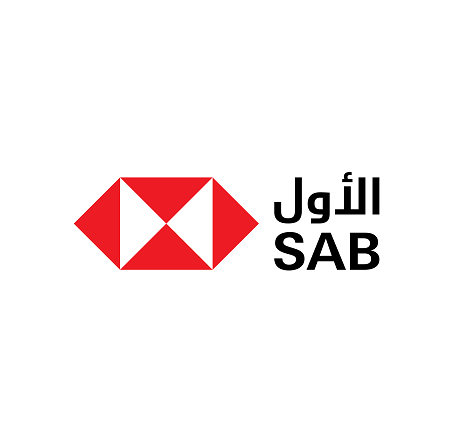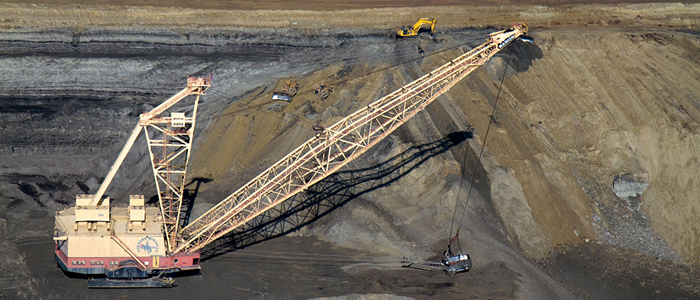-
Wealth Management
-
Low Limit Credit Cards
-
Debit Cards
-
Prepaid Card
-
ICSAB+
-
Finance
-
Help & Support
-
-
Help & Support
-
Cards
-
-
-
Tools & Resources
-
Ways to Bank
-
Help & Support
-
ESG at SAB
-
Security
-


Frequently Asked Questions
Have questions about SAB banking services? Let us help you with these frequently asked questions.
FAQSCustomer Service
Our friendly Customer Support team are on hand to help with any queries you have. We're here to help!
Contact UsQuick Links

SAUDI’S MINING SECTOR RIDES A WAVE OF INVESTOR INTEREST

Mining licences jumped 144% in the first half of the year, compared to the same period last year, according to Saudi’s Ministry of Industry and Mineral Resources. The ministry issued 22.
The ministry issued 22 licenses during the period – up from just nine the previous year – reflecting growing investor interest and the ministry's efforts to create a more attractive and competitive mining environment. This jump is also aligned with the rapid development of the Saudi mining sector, as part of a broader push for economic diversification.
The kingdom’s mineral wealth is estimated at more than SAR 9.4 trillion, and the sector has been one of the major industries tapped to diversify sources of income and drive sustainable economic growth.
According to the ministry's spokesperson, Jarrah bin Mohammed Al-Jarrah, 23 companies were granted exploitation licenses during this period, 16 of them receiving a mining license for the very first time. Combined, these projects represent investments exceeding SAR 134 million and cover an area of 47 square kilometres (sq km). Annual production capacity from the newly licensed operations is estimated at 7.86 million tonnes of various mineral resources, including salt, clay, silica sand, low-grade iron ore, feldspar, and gypsum.
Currently, the kingdom holds a total of 239 active mining exploitation and small-mine licenses. Of these, 32 fall under Category A, covering high-value minerals such as gold, copper, phosphate, and bauxite, while the remaining 207 are Category B licenses for a range of other minerals, including silica sand, gypsum, limestone, salt, and clay.
NEW BELTS
Building on this momentum, the Ministry announced in July that 31 local and international companies have qualified to compete in Round 9 of the exploration tender across three new mineral belts spanning an area of 24,423 sq km.
The companies successfully passed the pre-qualification stage, which initially included 61 applicants.
These new belts are part of the ministry’s broader plan to offer more than 50,000 sq km of mineral exploration areas and belts in 2025, a plan unveiled during the most recent Future Minerals Forum.
The offered mineral belts include the Al-Naqrah and Sukheibrah (Al-Safra) belts in Madinah Region, as well as the Al-Duwaihi (Nabitah) belt in Riyadh Region. These belts contain a variety of base and precious metals, including gold, copper, silver, zinc, and nickel.
Some of the bidders include global names such as Shandong Gold Group International Mining Development Co., Barrick Gold, Gold Fields Australia, Sierra Nevada Gold and domestic giant Maaden.
Qualified companies will be required to select specific sites within the three belts using the digital platform, based on clear and transparent criteria designed to ensure fair competition. Winners are expected to be announced in the third quarter of 2025.
The ministry plans to launch two further exploration licensing rounds in the fourth quarter. These upcoming rounds will include belts containing strategically essential minerals critical to the clean energy transition, including quartz, tin, and iron, with a total area of approximately 21,000 sq km.
WHITE GOLD
As part of the mining sector, the domestic salt industry is riding a wave of growth, powered by fresh investment opportunities rolled out by the ministry through geological exploration licenses and production permits, fuelling a nationwide push to scale salt mining, processing, and packaging.
By mid-2025, the kingdom was home to 27 national salt factories – producers of what is often called “white gold.” Together, they generated SAR 3.7 billion in raw salt for industrial, pharmaceutical, and food uses. Saudi salt has found buyers both at home and abroad, shipping to markets from Jordan and the UAE to Greece, Malaysia, and Indonesia. Export revenues topped SAR 18 million between 2024 and the first half of 2025.
The kingdom’s natural salt bounty lies mostly in marshes along the Arabian Gulf coast in the Eastern Region, stretching 1,200 km from Khafji in the north to Uqair in the south. Among them, the Ras Al-Qarya coastal marsh in Buqayq Governorate stands out as the oldest and most productive, yielding exceptionally pure salt from naturally surfacing deposits that reach five metres underground.
Harvesting sea salt is still done the traditional way: in the heat of summer, seawater and rainwater are left to evaporate under the sun, leaving behind crystallised salt that is collected, processed, and packaged for market. Beyond sea salt, production also comes from halite rock formations, natural ponds, and salt mines – giving Saudi Arabia a diverse base for one of its quietly thriving mineral industries.
ECONOMY
Both the country’s statistics offce and the International Monetary Fund struck an upbeat tone on its growth forecast as latest indicators show promise.
ESG
Renewable energy is steadily being integrated into the national power network to boost capacity and meet the Vision 2030 targets.
INDUSTRIAL
Initiatives designed to boost the energy, mining, industry, and logistics sectors have been instrumental in propelling the country to even greater heights.
INVESTMENT
Strategic investing locally and abroad has allowed the Public Investment Fund to create more riches and secure the country’s future.
Your are now leaving this site
Your are now leaving this site
You are about to leave this site. You are being redirected to an external site. Would you like to leave this site?
© SAB, Saudi Arabia. All Rights Reserved, 2025
Saudi Awwal Bank, a listed joint stock company, incorporated in the Kingdom of Saudi Arabia, with paid in capital of SAR 20,547,945,220, commercial registration certificate 1010025779, unified number 7000018668, Mailing Address: P.O. Box 9084, Riyadh 11413. National Address: 7383 King Fahad Branch Rd, 2338 Al Yasmeen Dist., 13325 Riyadh, Kingdom of Saudi Arabia, Tel. +966 11 4050677, www.sab.com, licensed pursuant to the Council of Ministers Resolution No. 198 dated 06/02/1398H and Royal Decree No. M/4 dated 12/08/1398H, and regulated and supervised by the Saudi Central Bank.

